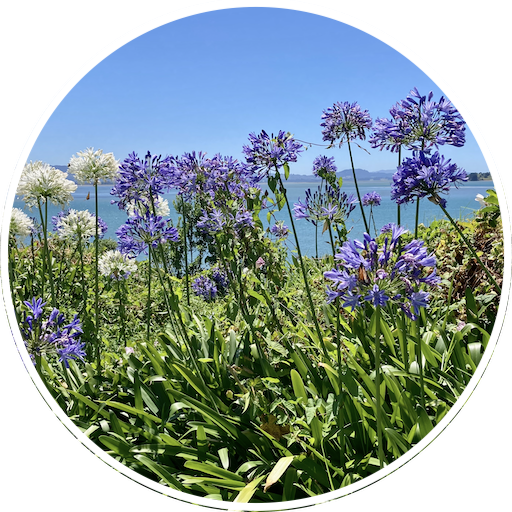
Two million years ago, the sea floor tilted and shifted to create what is now the landform of Te Mata Peak, located on New Zealand’s North Island, near Hastings, just south of Napier. Centuries later, it was inhabited by Māori tribes, then claimed by European settlers, and eventually gifted to the community in 1927 to become Te Mata Park.


Te Mata Peak is a ‘Hogs Back’ ridge of erosion-resistant limestone dipping steeply to the east. These sedimentary rocks, originally deposited in horizontal layers on the seabed, have been tilted and bowed upward by the geological forces of the Pacific and Australian tectonic plates.

This formation, which is about three and a half million years old, is also found to underly other nearby coastal hills in the Hawkes Bay area. At that time the coastline was about 40 kilometres to the west, along the present edge of the central mountain ranges.

Fossilised shells and shell fragments can be found throughout the Park embedded in the ground and rock faces. While in the Park, you may find some well preserved specimens such as scallop as well as barnacles, oysters, and brachiopods (lamp shells).

Many significant native plants, some of them threatened species, can be found in Te Mata Park, including a native daphne (Pimelea mimosa). Pimelea mimosa is a unique daphne that is endemic to Te Mata park and is planted around the Main Gates Car Park. This is the only place in New Zealand where it grows in the wild. There are also older native bush areas as well as beautiful stands of exotic trees, including two large redwoods groves.
In 1977, Te Mata Park was placed under a Queen Elizabeth II National Trust (QEII National Trust) covenant to ensure permanent protection of this iconic landscape. The purpose of this covenant is to promote the provision, protection and enhancement of open space, for the benefit and enjoyment of all people in New Zealand.

